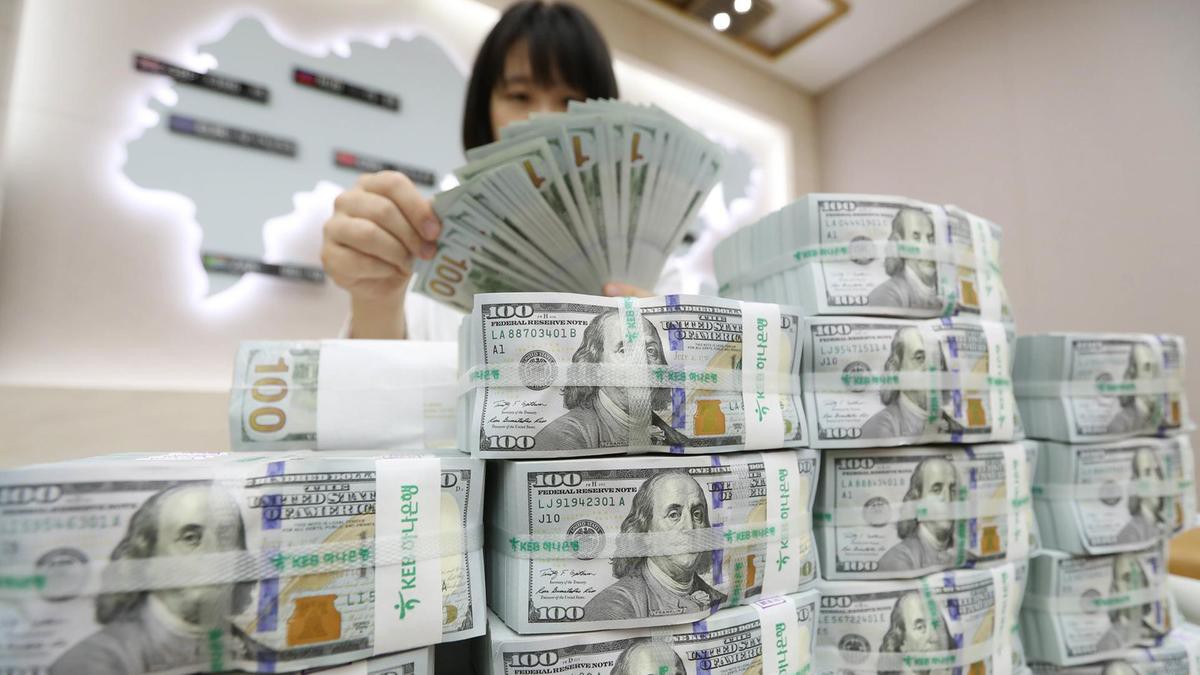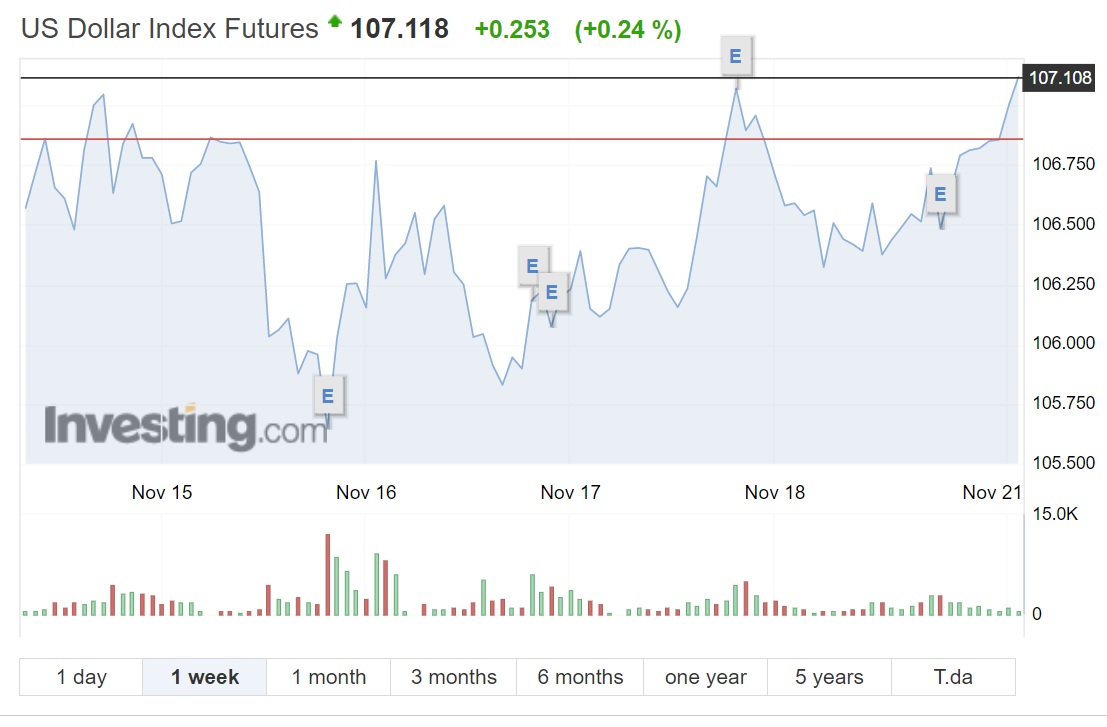Is the US dollar’s rise a speculative bubble?
The US dollar may have endured a torrid time last week but it would be premature to conclude that the uptrend is over.

The US Treasury points out that the IMF’s assessment of the dollar’s fair value puts overvaluation at more than 20% at the moment in real terms.
>> Is the US dollar rally ending?
More intervention may still be needed to prevent a disruptive rally; something that will require US support if it is to be effective. Last week’s semi-annual FX report from the Treasury highlighted the overvaluation of the US dollar, but any signs of action to try to correct this remain notably absent.
Last week’s FX report said that only Switzerland triggered all three of the red flags that the Treasury uses to define an errant country; hefty intervention, a large bilateral trade surplus with the US, and a large current account surplus. By rights, the Treasury could have labelled Switzerland a currency manipulator but the Biden-led administration has been reticent to do this. This could be due to continued post-pandemic distortions to the global economy. It might be that it simply sees the report as less useful than some prior administrations, notably the Trump-led administration which unfairly used the cover of the report to target China.
Other countries were shown two red flags, including China, and together these countries that are on the “monitoring” list account for close to 40% of US imports. That’s a large amount but the Treasury’s explanation for dollar strength – rising rates and terms of trade support – would seem to suggest that the Administration sees the dollar’s rise as justified by the fundamentals.
This being said, the Treasury points out that the IMF’s assessment of the dollar’s fair value puts overvaluation at more than 20% at the moment in real terms while Germany enjoys undervaluation of more than 10% and Japan around 15%. These are large amounts but our sense is that the Treasury is very reticent to bemoan dollar strength, let alone act against it, when fundamentals such as rising US rates and the terms of trade support such strength.
Things could become more interesting if the US dollar were to rally sharply at a time when the Treasury starts to view the fundamental situation as not conducive to dollar appreciation. But this point presumably won’t come until the Fed has at least stopped hiking, if not started to cut rates.
We have noted before that famous intervention to weaken the dollar back in 1985 was undertaken well after the Fed had started to ease policy. At that time the dollar seemed to become a speculative bubble; a bubble that the US and other countries decided to prick with intervention.
>> Some signs of a turn for the US dollar
Coming back to today, there’s little indication that the dollar’s rise is a speculative bubble, even in the case of dollar/yen, although that seems to be the Japanese view. The upshot of all this is that the Treasury seems quite relaxed about dollar strength and hence would be very unlikely to rail against it either verbally or with intervention.

USD index dropped to 106.3 last week.
But does this mean that any prospect of intervention is completely off the table, or at least not until well after the Fed has started to cut rates, which may not be until well into 2024? Not necessarily. As we have argued before, the impact of movements in the dollar is far more notable for its financial market consequences, particularly for international borrowers of dollars, than its trade effects. Trade might be the important issue if the US were concerned that other countries were intervening to try to weaken their currencies and gain competitive advantage over the US. But clearly that’s not what they are doing.
Instead, they are intervening to avoid currency weakness because excessive weakness could sharply increase both their domestic and international borrowing costs. In this sense, just as US dollar strength seems justified on the grounds of rising US rates and terms of trade improvement, so others are justified in intervening to prevent excessive currency weakness. If, at some point in the future, the burden on these countries from a rising dollar becomes substantial we do think that there would be a strong case for the US to intervene.
In other words, the justification would not be to improve US competitiveness, but to aid global financial stability and, importantly, bring financial relief at a time when policymaker’s go-to source of support in the past - rate cuts and quantitative easing – are off limit s.








